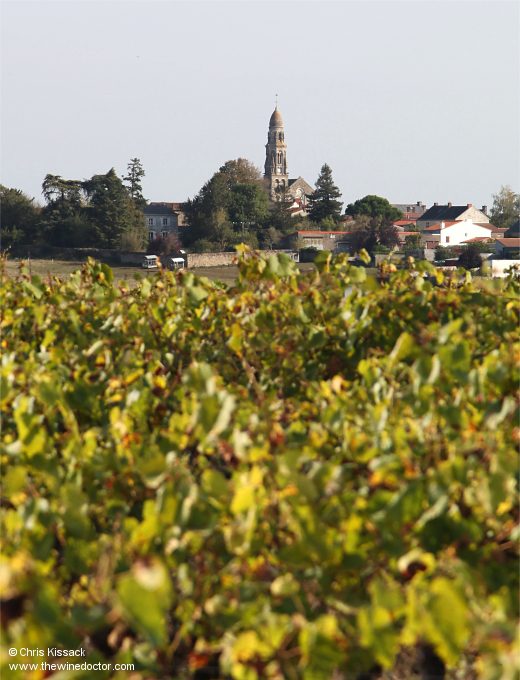Monnières-Saint-Fiacre: The Heart of the Matter
At the centre of the Muscadet Sèvre et Maine appellation we find the Sèvre Nantaise and Maine rivers, inching ever closer to one another. Both have great significance in their shaping of this landscape, wearing away the land over many millennia, creating a multitude of hillsides and slopes ideal for the vine. It is therefore unsurprising that in this series of guides to the Muscadet crus each has already had its moment in the limelight; the Sèvre Nantaise is a focal point for the Clisson and Gorges crus communaux, while it is the Maine that has carved out the deep gorge around which the vines of the Château-Thébaud cru are gathered.
In the cru Monnières-Saint-Fiacre, however, the Sèvre Nantaise and the Maine must put any diva-like tendencies to one side, and take equal billing. For here, at the very heart of the cru communal zone, is where the two rivers come together. Sandwiched between them, on an undulating and ever-thinning finger of land, is the commune of Saint-Fiacre-sur-Maine, home to some of the Muscadet Sèvre et Maine appellation’s most renowned gneiss terroirs. These include the likes of Les Gras Moutons and Grand Mouton, names that will be familiar to anyone who has tasted the wines of Marc Ollivier or Louis Métaireau, two figures instrumental in the revitalisation of modern-day Muscadet.
A little further upstream is Monnières, a commune which has held, through the ages, great significance to travellers to this region. It is home to a rest-stop on a long-established pilgrimage route south to Santiago de Compostela, a fact not irrelevant to the region’s wine heritage as thirsty pilgrims provided the local vignerons with a constantly moving market for their wines. And looking to the river, the bridge over which these pilgrims passed has long marked the limit to which the Sèvre Nantaise was navigable; upstream the waters are too shallow, and the way is obstructed by watermills and their weirs, so that boats cannot pass. Thus it was to Monnières (and on the opposite bank, Le Pallet) that the vignerons of the more northerly and easterly Muscadet communes would bring their barrels, to be loaded aboard boats for shipping downstream to Nantes. Evidence of this can still be seen today, as several stone-built river ports still exist.
Interposed between Monnières and Saint-Fiacre is a third commune, Maisdon-sur-Sèvre, the northern part of which is also included in the cru (the southern section is part of the cru communal Clisson). Together these three (or two-and-a-bit) communes and their gneiss terroirs produce some of the most delightful cru communal Muscadets in the region, and I shall explore the soils, domaines and style of the wines in this guide. First of all, though, I begin with a little historical background.

